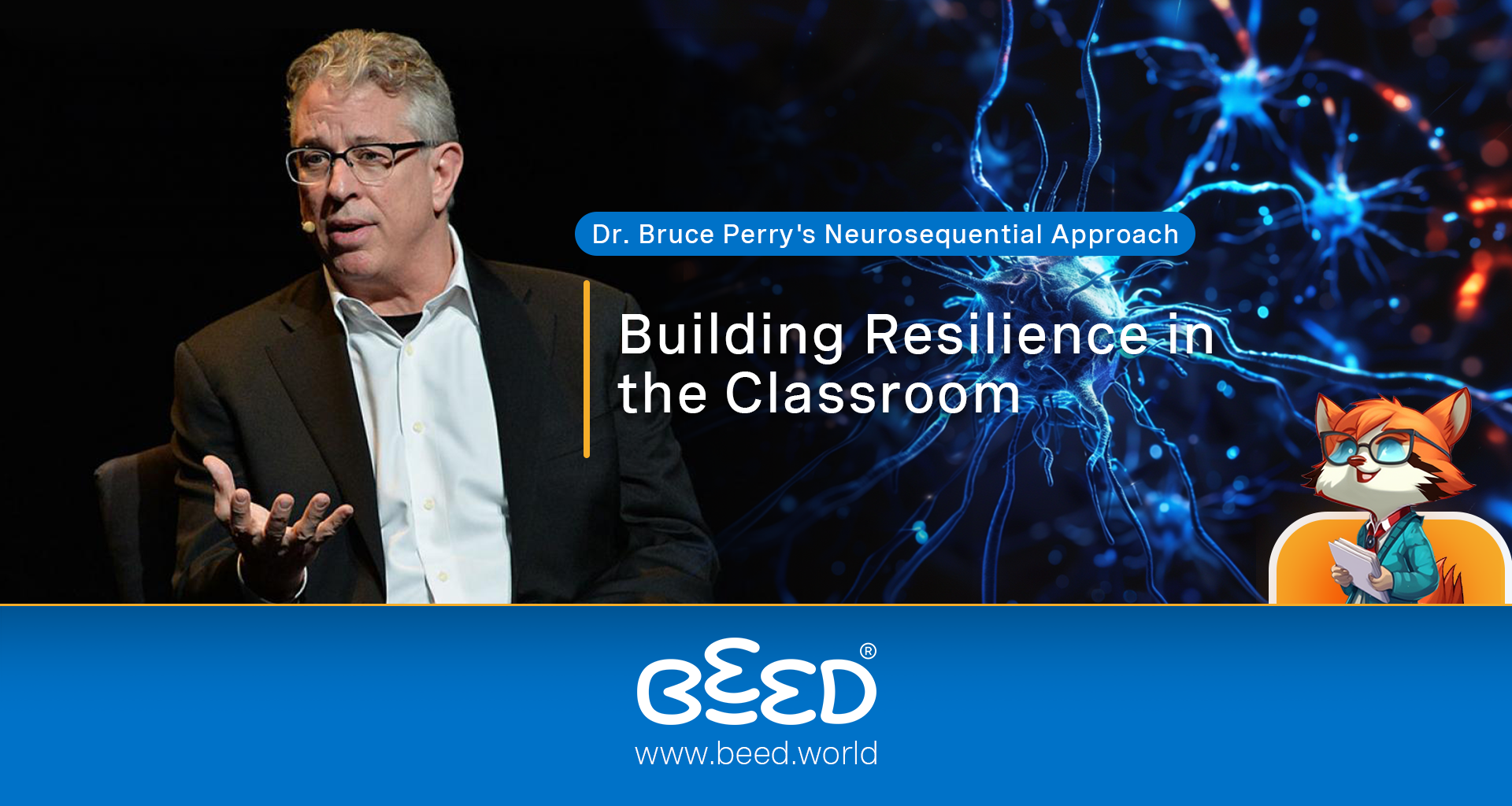Building Resilience in the Classroom - Dr. Bruce Perry's Neurosequential Approach

Dr. Bruce Perry, a child psychiatrist and neuroscientist, has revolutionised our understanding of the impact of trauma on child development. His neurosequential approach emphasises the importance of relationships and interventions that address the underlying neurological effects of trauma to promote healing and resilience. This approach has significant applications in both education and trauma-informed care settings.
Core Principles:
- The Developing Brain: Early experiences, especially traumatic ones, can disrupt the formation of neural pathways in the developing brain. This can impact emotional regulation, learning, and social behaviour.
- Window of Tolerance: Dr. Perry proposes the concept of the "window of tolerance" – a range of emotional states within which a child feels safe and can learn effectively. Trauma can push children outside this window, leading to hyperarousal or dissociation.
- Relationships as Therapy: Safe and supportive relationships are essential for healing trauma. These relationships help children feel safe, develop emotional regulation skills, and rebuild trust in the world.
Applications in Education:
- Trauma-Informed Teaching: Educators trained in Dr. Perry's approach can create safe and predictable classroom environments. They can also utilise strategies to help students identify triggers and develop coping mechanisms for managing their emotions.
- Social-Emotional Learning (SEL): Integrating SEL into the curriculum equips students with self-awareness, relationship management, and responsible decision-making skills – all crucial for navigating the challenges of trauma.
- Differentiated Instruction: Understanding the impact of trauma on individual learning styles allows educators to tailor their instruction to meet the specific needs of each student.
Applications in Trauma-Informed Care:
- Comprehensive Assessments: Assessing a child's trauma history helps identify the root cause of behavioural problems and emotional dysregulation.
- Therapeutic Interventions: Individual and group therapy sessions can address trauma, teach emotional regulation skills, and promote healthy coping mechanisms.
- Sensory Integration Activities: Activities like yoga, movement therapy, and art therapy can help children regulate their nervous systems and process traumatic experiences.
Benefits:
- Improved Emotional Regulation: Children learn to identify their triggers and develop coping mechanisms to manage strong emotions.
- Enhanced Social Skills: Positive interactions with peers and adults promote healthy attachment and social development.
- Increased Academic Performance: With improved emotional regulation and reduced trauma symptoms, children are more receptive to learning and experience academic progress.
- Reduced Recidivism: In juvenile justice settings, addressing trauma can lead to lower recidivism rates and a path towards positive behaviour change.
Challenges and Considerations:
- Staff Training: Implementing the neurosequential approach requires ongoing training for educators, caregivers, and mental health professionals.
- Funding: Providing individualised care and specialised services requires consistent funding, which can be a challenge for many institutions.
- Community Support: Successful long-term outcomes rely on access to mental health services, educational opportunities, and supportive environments beyond the immediate intervention setting.
Conclusion:
Dr. Bruce Perry's neurosequential approach offers a valuable framework for understanding and addressing the impact of trauma on children. By fostering safe relationships, building emotional regulation skills, and creating trauma-informed environments, we can empower children to heal, learn, and thrive.